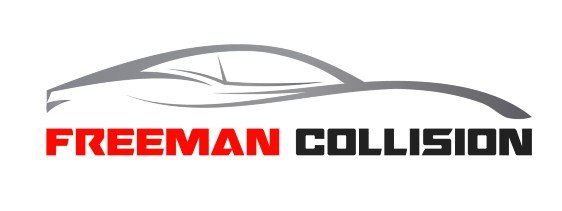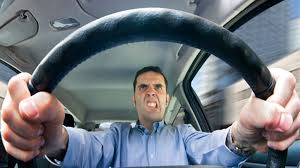VIGILANTES BEHIND THE WHEEL
Road Rage is at an all-time high with congested commutes and full schedules. No matter if it’s the highway, city street, or rural 4-way stop, there are everyday situations that are frustrating drivers. Even the drive-thru can present a disagreement with driving. So, what is happening? Even if there are more vehicles on the road, there are written laws and unwritten courtesies that we should be observing. However, many times there are two sides to a story…
4-WAY STOP
Our state of Oklahoma has a large amount of rural areas and 4-way stops. Oklahomans are even known for their extreme courtesy when at a 4-way stop, with some drivers insisting the others go before them. Most of the time this courtesy is well taken and ends in multiple happy drivers.
But, everyone has experienced the awkward situation when one motorist is not happy with the order of proceeding through the stop sign. Whether you insist on a driver going before you to be kind or to be extra safe, there is another group of drivers that are from the Right Of Way school of thought. This is what is taught with driving courses and eliminates the question of who goes next. The frustration comes when the courteous driver ends up at the intersection with the Right Of Way driver.
There’s also the driver that arrives later than other drivers but is going straight ahead in the opposite direction and proceeds with the driver opposite of him. This driver believes their action speeds up the process for the others waiting, but others may think this driver should wait their turn. Unfortunately, with so many ways of proceeding through a 4-way stop, people become frustrated when their way is not the action of the other drivers.
What is happening is driving laws vs courtesy vs safety. And perception is the deciding factor. The problem is the increasing assertion of one driver’s thoughts, behaviors, and methods on the road being better than the motorist that doesn’t do the same.
Have you ever been honked at when you are driving normally, totally unaware of what you did wrong? Or have you ever honked at a driver for what they appear to be doing wrong? This honking correction is Vigilante Driving and is the new Road Rage.
HIGHWAY ROADWORK
A Vigilante Driver believes not only that they are correct with their way of thinking, but that they can teach others to do the same when they honk at them. Or, in the case of highway roadwork, when a driver moves their vehicle over to stop others from ‘cutting in’ the last minute when several lanes go down to a single lane. Some drivers believe that you should get over into that single lane as soon as you are aware of it. Others will drive past that lane and merge in at the last minute.
Studies have been done and this merging at that last moment is supposed to be the best procedure. As a society though, when a driver is ruled rather by common courtesy, perception becomes the deciding factor in whether or not there will be tempers flaring.
DRIVE-THRU CONFUSION
Even the closest fast food drive-thru may turn a driver into a vigilante. Fast food has advanced their drive-thrus by doubling up, offering two lanes of service. The confusion for some comes when these double lanes are built differently. Some have two lanes with no designated lanes and the two lines form next to each other. Other restaurants have cones that guide a line of cars in a single lane, then it splits when you are to choose a screen. This second method is used to allow for inside diners the room to get out of parking lots. But what do you do when you have used the single lane method and then are presented with the open 2 lanes? Do you still stay in that single land to help those dining inside or do you jump into that second lane to get cars moving through faster?
Whatever you decide in any of these situations, be prepared that not everyone will agree with your choice and you won’t agree with theirs in other situations. The most important thing is to avoid any type of altercation or collision while trying to prove your point. Being a vigilante behind the wheel ultimately will not correct the other’s driving or way of thinking. They truly perceive that you are doing wrong also. And just like with politics, you won’t be able to change their mind.
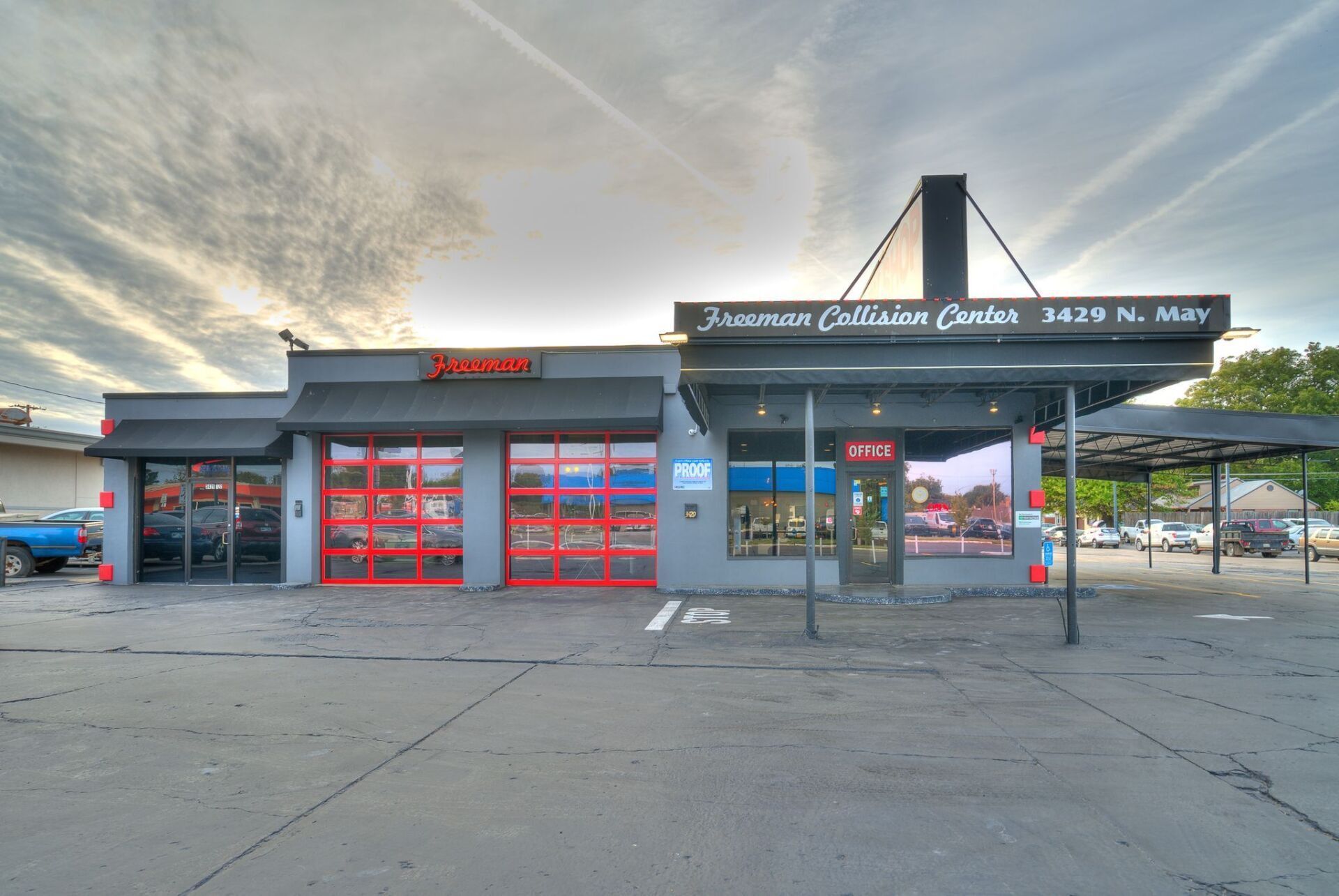
When your vehicle needs repairs, the choice between a small, independent collision shop and a large corporate chain can be challenging. But at Freeman’s Collision Center, we believe that local businesses like ours offer something corporate shops simply can’t: personalized care, exceptional craftsmanship, and a commitment to the community.
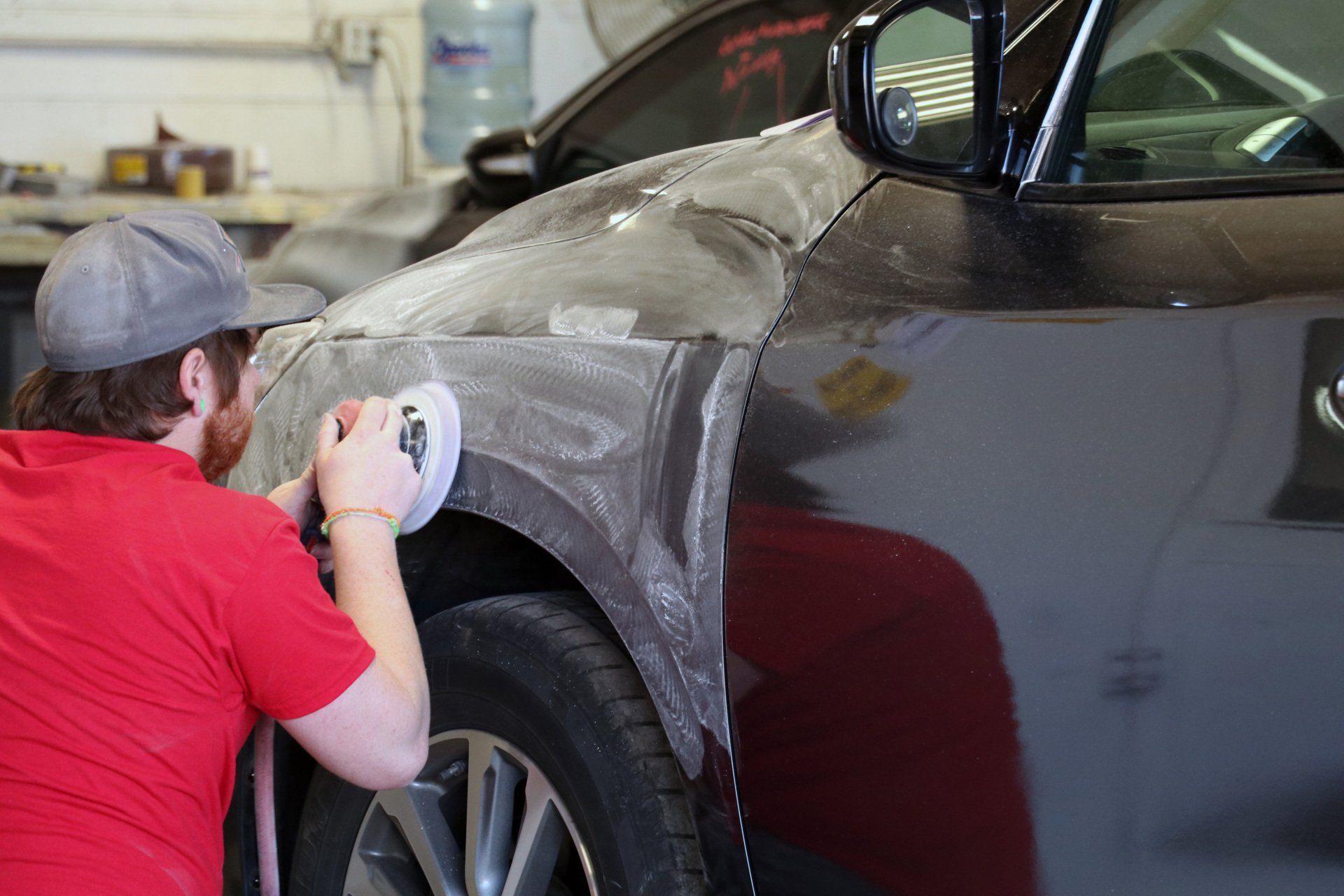
Have you ever been told by an insurance adjuster or a direct repair program (DRP) shop that your car repair won't be guaranteed or have a warranty unless you use their specific shop? This is a common tactic used to steer customers towards certain repair facilities, but it's simply not true. In Oklahoma, as in many other states, you have the right to choose any auto repair shop you want.
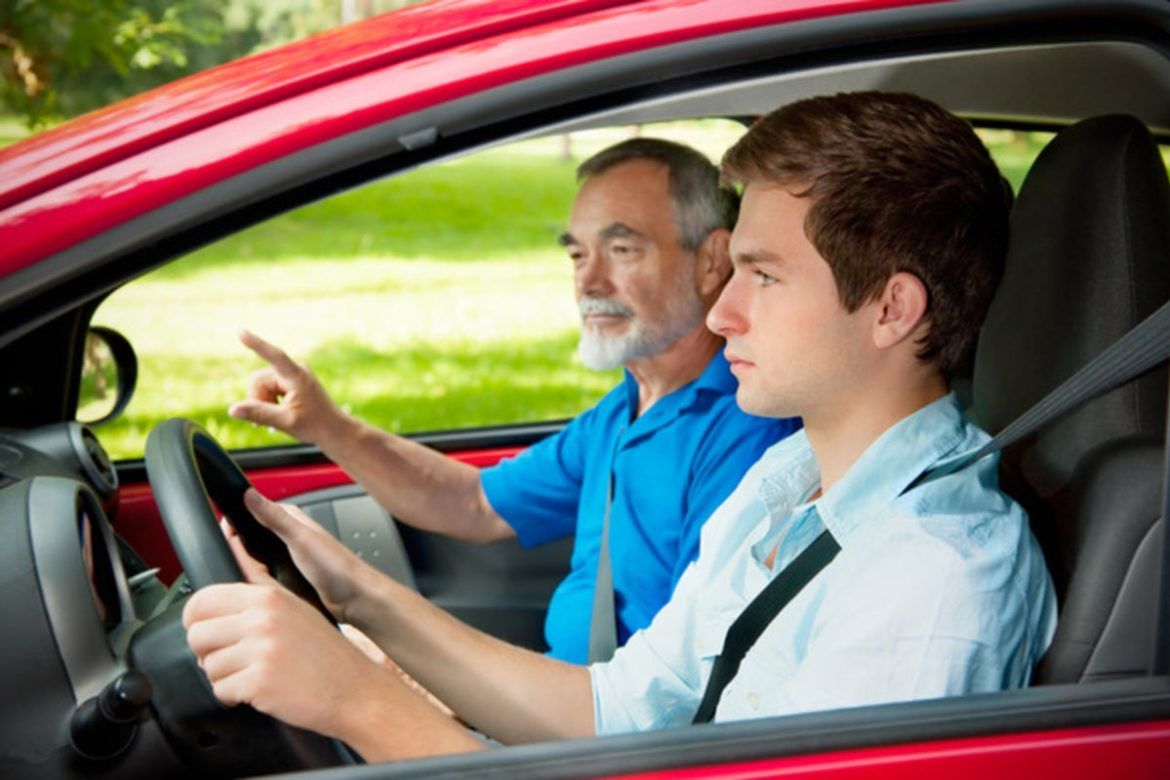
Oh the stress of studying for your driver’s license! It may have even been decades ago, but we all still remember the many rules we had to learn in order to obtain a license. Unfortunately as the days and years pass, we forget many of the laws we were required to know and observe as drivers. And each day, many drivers break these laws. Because the rules are in place for safety, it is important for a refresher course. Avoid needless collisions and tickets by relearning the driving laws you may have forgotten.

We drive to work, we drive for fun, and we drive to vacation destinations. No matter the reason for our driving, the most important thing is to be safe. While our vehicles are still evolving with the latest safety features, there are gadgets and accessories that can assist with that safety. Whether it’s for beloved family or the person who has everything, these are 5 gifts that can give that driver some peace of mind.
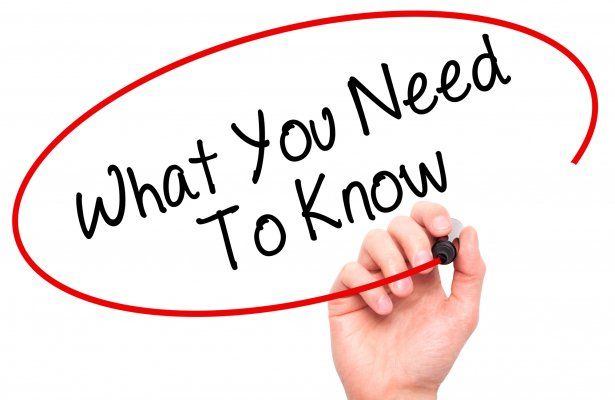
The majority of hit-and-run accidents involve a parked vehicle. And over 60% of those happen in parking lots. You may have been a victim of this type of accident and discovered the damage once you returned to your car. This is the fear of any driver, returning to a damaged car with no idea what happened or who is responsible. Being a victim in the situation can ruin anyone’s day but what if you are the one who hit the parked vehicle? There are actions you must take to protect yourself in this situation.
